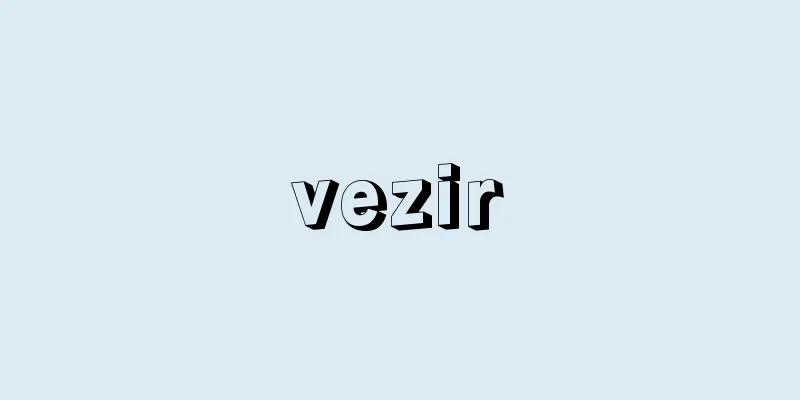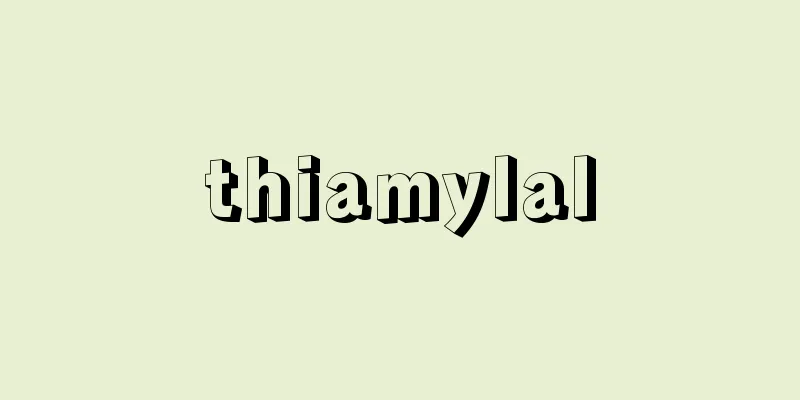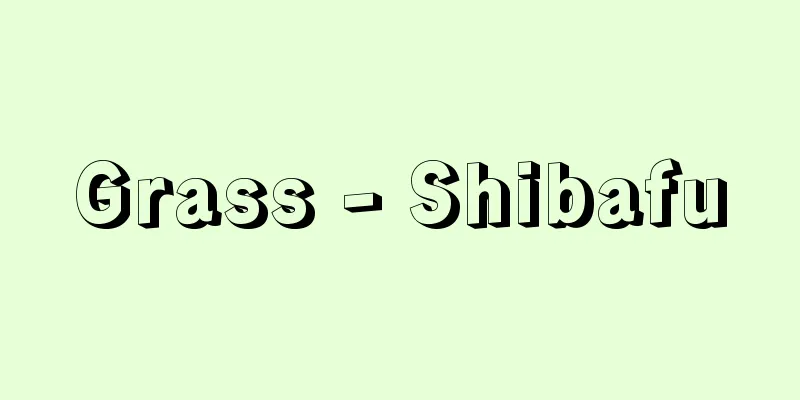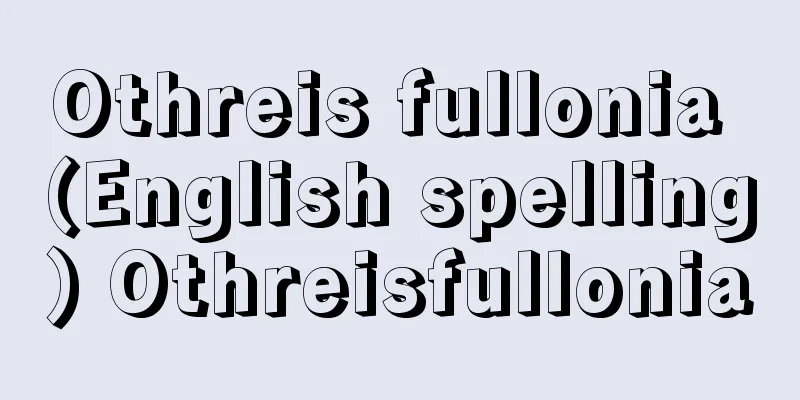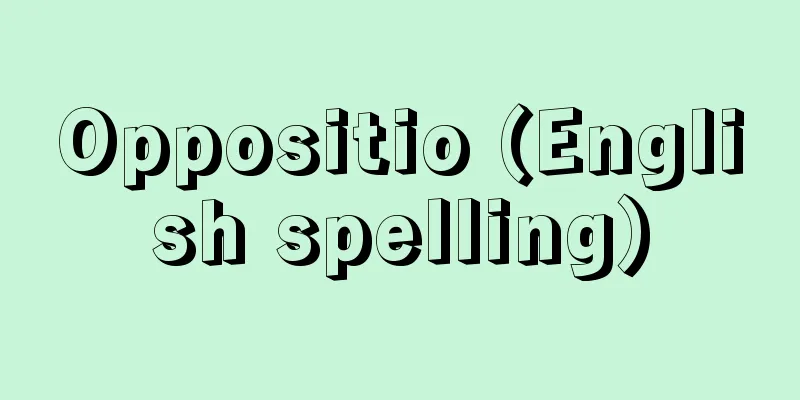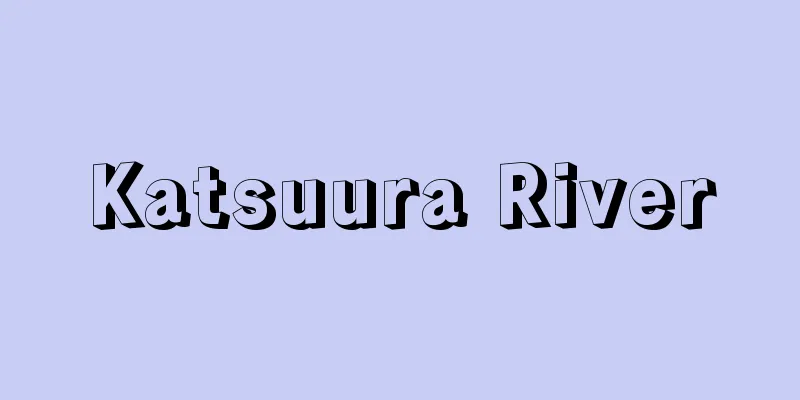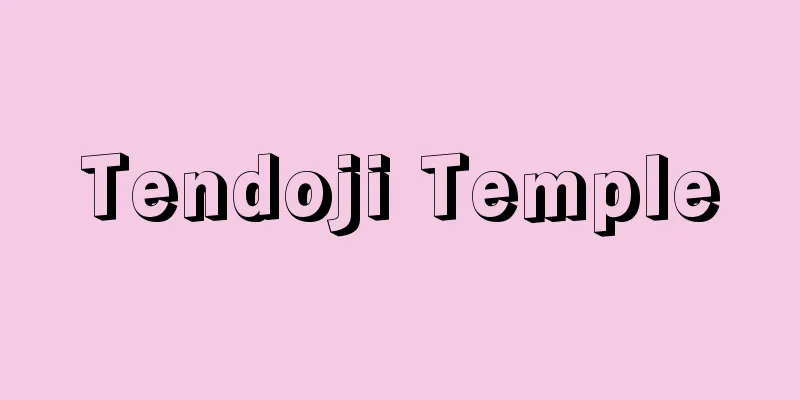Lumbar puncture -
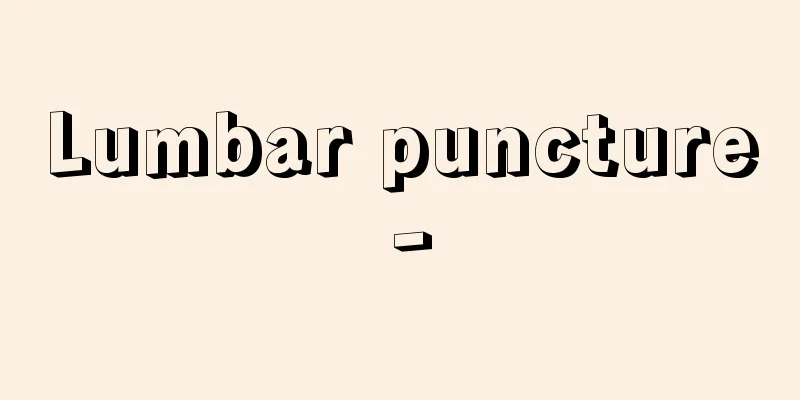
|
This is one of the methods for collecting cerebrospinal fluid, mainly for diagnosing cerebrospinal diseases, but is also used for adjusting cerebrospinal fluid pressure, injecting antibiotics, lumbar anesthesia, spinal cord imaging, etc. Here we will discuss cerebrospinal fluid collection. The subarachnoid space in the lumbar region is connected to the ventricular system via the spinal canal, so cerebrospinal fluid obtained by lumbar puncture is a useful clue for diagnosing cerebrospinal diseases. The spinal cord ends at the level of the first and second lumbar vertebrae and transitions to the cauda equina, so if the puncture needle is inserted at the level of the second lumbar vertebrae or lower, cerebrospinal fluid can be collected without damaging the spinal cord. First, the patient is placed in a lateral position (or sometimes in a sitting position), and the lumbar spine is flexed sufficiently by bringing the head close to the knees that are being held, widening the space between the spinous processes. The insertion point is between the second and third or third and fourth spinous processes, and is usually guided by Jacoby's line (a line connecting the apex of both iliac crests) that runs on the spinous process of the fourth lumbar vertebra. Next, the skin around the insertion point is thoroughly disinfected, a local anesthetic is infiltrated into the insertion point, and a puncture needle with a three-way stopcock of about 20 gauge is inserted. Once the needle tip has reached the spinal subarachnoid space and cerebrospinal fluid has begun to flow out, the patient is straightened out and placed in a comfortable position, after which the cerebrospinal fluid pressure is measured and cerebrospinal fluid is sampled. The presence or absence of increased intracranial pressure is checked by measuring cerebrospinal fluid pressure. Normal cerebrospinal fluid pressure is usually 60 to 150 mm of water in the lateral position. A jugular venous compression test (Queckenstedt test) is also performed, in which pressure is applied to both sides of the neck with an open hand. If cerebrospinal fluid pressure rises, there is no blockage in the spinal subarachnoid space; if it does not rise, there is blockage. The color of the cerebrospinal fluid can indicate the presence or absence of intracerebrospinal bleeding or suppurative meningitis. Cytological, biochemical, and bacteriological tests of the cerebrospinal fluid are also performed. In addition, it is contraindicated when there is significant increase in intracranial pressure, and puncture and drainage may lead to brain herniation and death. [Mizuo Kagawa] Source: Shogakukan Encyclopedia Nipponica About Encyclopedia Nipponica Information | Legend |
|
おもに脳脊髄(せきずい)疾患の診断のために行う髄液採取法の一つで、そのほか、髄液圧の調整、抗生物質の注入、腰椎麻酔、脊髄造影などの際にも行われる。ここでは髄液採取について述べる。 腰椎部のくも膜下腔(くう)は脊椎管を介して脳室系に連絡、交通しているので、腰椎穿刺によって得られる髄液は脳脊髄疾患の診断に有力な手掛りとなる。脊髄は第1~第2腰椎の高さで終わって馬尾神経に移行するので、第2腰椎以下で穿刺針を刺入すれば脊髄を損傷することなく髄液採取ができる。まず患者を側臥(そくが)位(ときには座位)にし、抱えた膝(ひざ)に頭を近づけるようにして腰背部を十分に屈曲させ、棘(きょく)状突起間を広げる。刺入点は第2~第3あるいは第3~第4棘状突起間で、通常、第4腰椎棘状突起上を走るヤコビー線(両側腸骨稜(りょう)の頂点を結ぶ線)を目安とする。ついで刺入点周辺部の皮膚消毒を十分に行ってから、刺入点に局所麻酔剤を浸潤させ、20ゲージ前後の三方活栓付き穿刺針を刺入する。針先が脊髄くも膜下腔に達して髄液が流出したら、屈曲した体位を伸展させ、楽な姿勢をとらせてから、髄液圧の測定、髄液の採取などを行う。 髄液圧の測定によって頭蓋(とうがい)内圧の亢進(こうしん)の有無を調べる。正常な髄液圧は、側臥位で通常60~150ミリ水柱である。また、両側頸(けい)部を平手で圧迫する頸静脈圧迫試験(クェッケンシュテット・テスト)を行い、髄液圧が上昇すれば脊髄くも膜下腔の閉塞(へいそく)がなく、上昇しなければ閉塞がある証拠である。髄液の色調からは、脳脊髄内出血や化膿(かのう)性髄膜炎などの有無がわかる。さらに、髄液の細胞診、生化学的検査、細菌学的検査も行われる。 なお、頭蓋内圧の亢進が著しいときは禁忌で、穿刺排液が行われると脳ヘルニアを誘発して死亡する危険がある。 [加川瑞夫] 出典 小学館 日本大百科全書(ニッポニカ)日本大百科全書(ニッポニカ)について 情報 | 凡例 |
Recommend
Yen-denominated - Endate
1. Foreign exchange rate. The exchange rate betwee...
Gibbs, JW - Gibbs
…American theoretical physicist. After graduating...
Raskolniki
The name means "separatist" in Russian. ...
Mula Sankara (English spelling)
…Modern Indian religious reformer. Also known as ...
Todogasaki
A cape located at the eastern end of the Omoe Pen...
Farinelli, G.
… [Works and Artists] However, no matter how deep...
Student song - gakusei ka
A type of folk song, as opposed to art song. It wa...
Tiller - Tiller (English spelling)
Lateral branches that form at the soil edge of gra...
Kashiwabara Village
...A city in southern Saitama Prefecture. It stra...
"Exotic Birds"
...His "series integral" compositional ...
President - Todori
〘noun〙① A person who leads the way. Ondotori. (i) ...
Mitsuzaki Kengyo
He was a performer and composer of jiuta (jiuta) ...
Kinki Expressway Nagoya Kobe Line - Kinki Expressway Nagoya Kobe Line
…Formally, it is a 502 km long road consisting of...
Ikai - Ikai
〘 noun 〙 A person who belongs to the head stablema...
De Geer (English spelling)
…A family of aristocrats in the city of Amsterdam...
